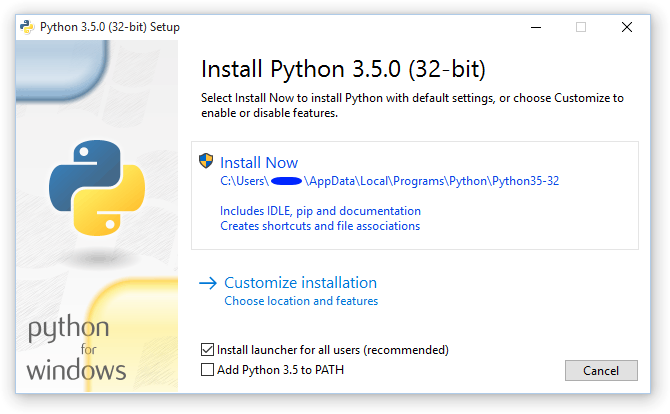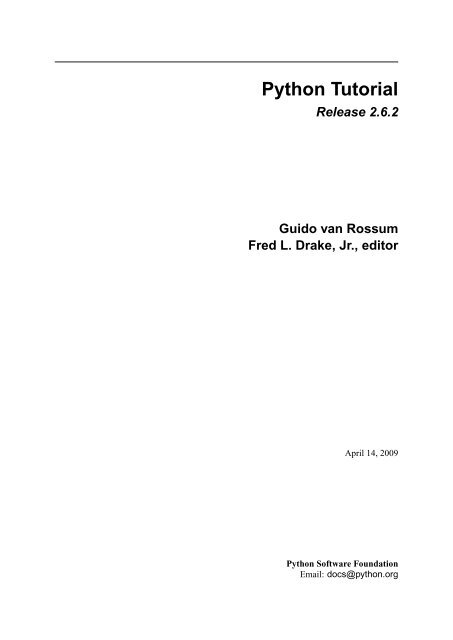
- #Python 3.5 download program using socket not using urllib how to
- #Python 3.5 download program using socket not using urllib free
We can use a similar program to retrieve an image across using HTTP. In the above example, we retrieved a plain text file which had newlines in the file and we simply copied the data to the screen as the program ran. Mysock = socket.socket(socket.AF_INET, socket.SOCK_STREAM)ī'Hello world' Retrieving an image over HTTP Perhaps the easiest way to show how the HTTP protocol works is to write a very simple Python program that makes a connection to a web server and follows the rules of the HTTP protocol to request a document and display what the server sends back. The web server will respond with some header information about the document and a blank line followed by the document content. Where the second parameter is the web page we are requesting, and then we also send a blank line. To request a document from a web server, we make a connection to the server on port 80, and then send a line of the form But if you take a look around page 36 of RFC2616 you will find the syntax for the GET request.
#Python 3.5 download program using socket not using urllib free
If you find it interesting, feel free to read it all. This is a long and complex 176-page document with a lot of detail. The Hypertext Transfer Protocol is described in the following document: There are many documents that describe these network protocols. In a sense the two applications at either end of the socket are doing a dance and making sure not to step on each other’s toes. If the programs on both ends of the socket simply wait for some data without sending anything, they will wait for a very long time, so an important part of programs that communicate over the Internet is to have some sort of protocol.Ī protocol is a set of precise rules that determine who is to go first, what they are to do, and then what the responses are to that message, and who sends next, and so on. If you read from the socket, you are given the data which the other application has sent.īut if you try to read a socket when the program on the other end of the socket has not sent any data, you just sit and wait. If you write something to a socket, it is sent to the application at the other end of the socket.

You can both read from and write to the same socket. The network protocol that powers the web is actually quite simple and there is built-in support in Python called socket which makes it very easy to make network connections and retrieve data over those sockets in a Python program.Ī socket is much like a file, except that a single socket provides a two-way connection between two programs. Then we will read through the web page data and parse it. In this chapter we will pretend to be a web browser and retrieve web pages using the Hypertext Transfer Protocol (HTTP).
#Python 3.5 download program using socket not using urllib how to
So in this tutorial and the last one, we have learnt how to setup a successful Client-Server connection using both TCP socket and UDP sockets.While many of the examples in this book have focused on reading files and looking for data in those files, there are many different sources of information when one considers the Internet. Our udpserver.py is up and running, so now we try to run the udpclient.py script,Īnd here is what happened to our server after the client sends the request: ndto(msg,(udp_host,udp_port)) # Sending message to UDP server This is the udpclient.py script: #!usr/bin/python Keep it running and than fire up the client.py module. Output of the above script is as follows. Print "Received Messages:",data," from",addr #print type(sock) => 'type' can be used to see typeĭata,addr = sock.recvfrom(1024) #receive data from client Udp_port = 12345 # specified port to connect

Udp_host = socket.gethostname() # Host IP Sock = socket.socket(socket.AF_INET,socket.SOCK_DGRAM) # For UDP This is the udpserver.py script: #!usr/bin/python So, if we want to create a UDP socket than we have to specify socket_family and socket_type explicitly.įor UDP socket we define: s = socket.socket(socket.AF_INET, socket.SOCK_DGRAM)Īnd, if you explicitly want to define a TCP socket: s = socket.socket(socket.AF_INET, socket.SOCK_STREAM)


If we do not mention the socket_family and socket_type, then by default it is TCP. Well, in the socket's basic tutorial you might have had a confusion that we define socket as: S = socket.socket(socket_family, socket_type, protocol = 0)īut, in the last tutorial covering TCP sockets we defined TCP socket by merely writing S=socket.socket(), that is without providing the socket_family and the socket_type.


 0 kommentar(er)
0 kommentar(er)
